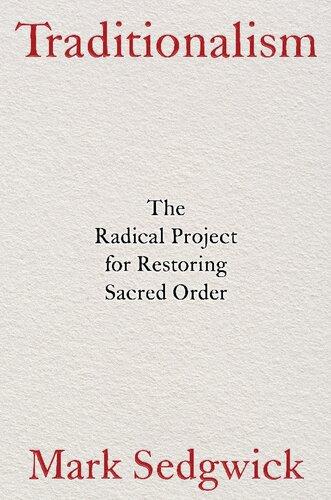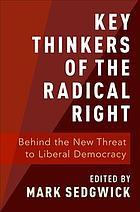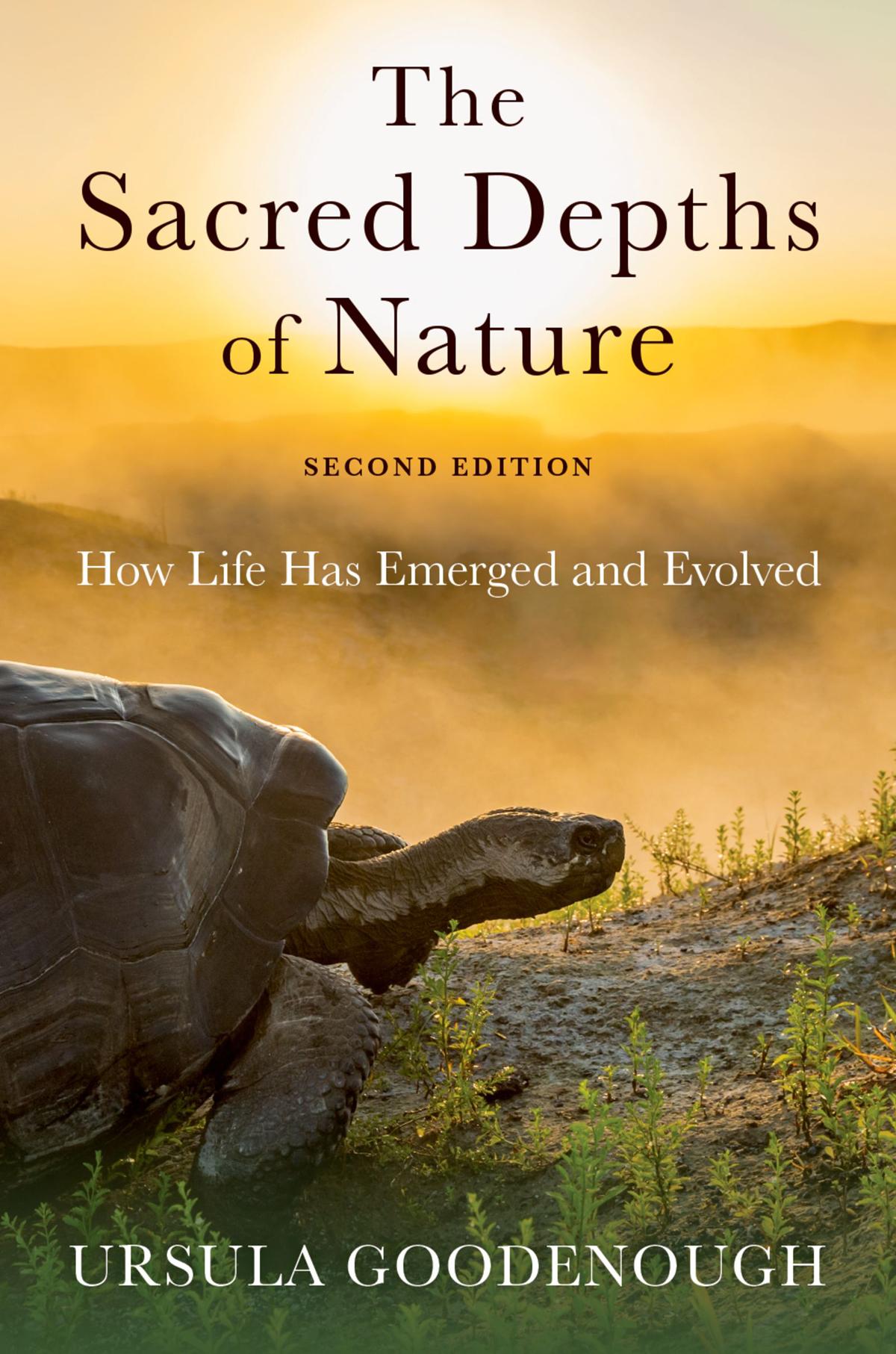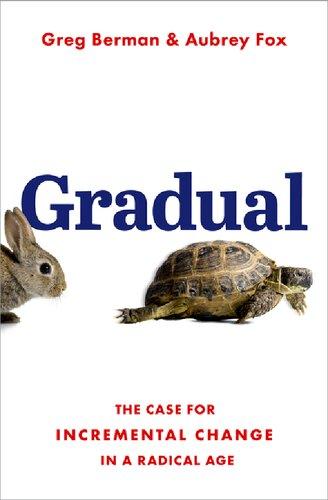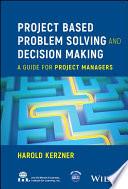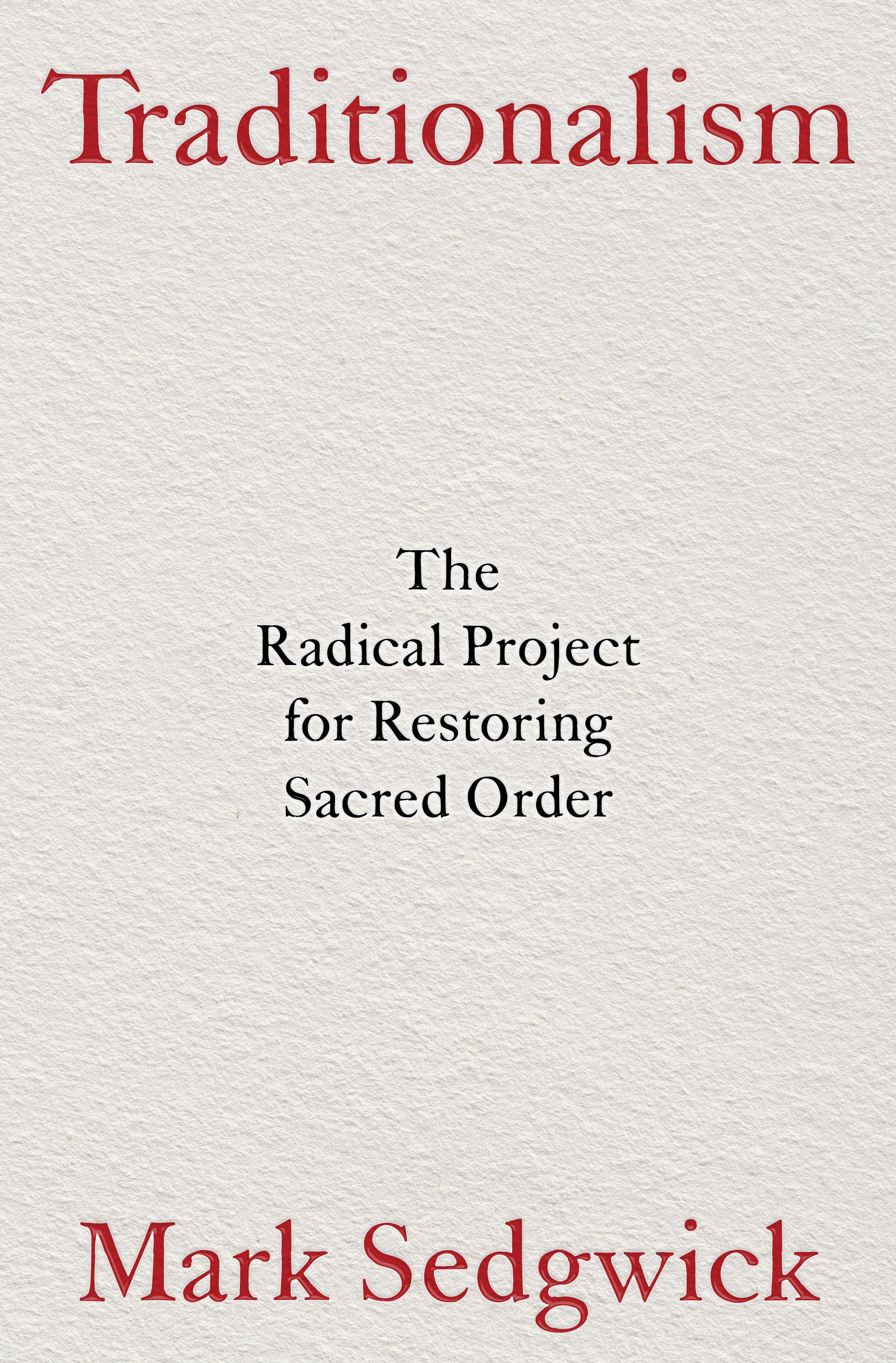Traditionalism The Radical Project for Restoring Sacred Order
MARK SEDGWICK
Oxford University Press is a department of the University of Oxford. It furthers the University’s objective of excellence in research, scholarship, and education by publishing worldwide. Oxford is a registered trade mark of Oxford University Press in the UK and certain other countries.
Published in the United States of America by Oxford University Press 198 Madison Avenue, New York, NY 10016, United States of America.
© Mark Sedgwick 2023
All rights reserved. No part of this publication may be reproduced, stored in a retrieval system, or transmitted, in any form or by any means, without the prior permission in writing of Oxford University Press, or as expressly permitted by law, by license, or under terms agreed with the appropriate reproduction rights organization. Inquiries concerning reproduction outside the scope of the above should be sent to the Rights Department, Oxford University Press, at the address above.
You must not circulate this work in any other form and you must impose this same condition on any acquirer.
Library of Congress Cataloging-in-Publication Data
Names: Sedgwick, Mark J., author.
Title: Traditionalism : the radical project for restoring sacred order / Mark Sedgwick.
Description: New York, NY, United States of America : Oxford University Press, [2023] | Includes bibliographical references and index.
Identifiers: LCCN 2023008585 (print) | LCCN 2023008586 (ebook) | ISBN 9780197683767 | ISBN 9780197683781 (pdf) | ISBN 9780197683774 (epub)
Subjects: LCSH: Guénon, René. | Tradition (Philosophy) Classification: LCC B2430. G84 S395 2023 (print) | LCC B2430.G84 (ebook) | DDC 148—dc23/eng/20230320
LC record available at https://lccn.loc.gov/2023008585
LC ebook record available at https://lccn.loc.gov/2023008586
Printed by Sheridan Books, Inc., United States of America
www.greenpenguin.co.uk
Penguin Random Hous e is committed to a sustainable future for our business, our readers and our planet. is book is made from Forest Stewardship Council® certified paper.
Acknowledgements
I would like to thank my editor at Pelican, Maria Bedford, for her careful and constructive reading of the draft of this book. I would also like to thank Boaz Huss for his help with Kabbalah, David R. M. Irving for his help with music, Dorthe Jørgensen for her help with philosophy, Jafe Arnold for his help with Aleksander Dugin, Joscelyn Godwin for his help with Julius Evola, Manni Crone for general comments, Marianne Qvortrup Fibiger for her help with Hinduism, Patrick Laude for his comments on Frithjof Schuon, Patrick Ringgenberg and Ricarda Stegmann for general comments, and Shankar Nair for help with connections between Greece and India. I have not always followed their advice, however, and the book is my responsibility, not theirs.
Introductory
Traditionalism and the Traditionalists
Traditionalism is today’s least-known major philosophy, and my aim in this book is to make it and its radical project for restoring sacred order more widely known and better understood. It is not my aim to convert people to Traditionalism. This is partly because I am by training and trade a historian of ideas, and thus professionally neutral. It is also because the outcomes of the Traditionalist project are, as we will see in later chapters, mixed.
Traditionalism has been used to encourage respect for the environment, compose great music, and reduce hostility between followers of different religions. It has also been used to support very different causes, from the election of Donald Trump as president of the United States of America to what many would call fascism and racism, not to mention terrorism. Some have blamed a Russian Traditionalist, Aleksandr Dugin, for Vladimir Putin’s invasion of Ukraine. The Traditionalist philosophy, then, needs to be handled with care. It is not always a good thing for someone to become a Traditionalist. It would be good, however, if those who oppose fascism, racism, and terrorism could more easily recognize Traditionalism when they see it.
To be able to recognize Traditionalism and make sense
of its project, we need to understand the ideas on which it is built, and its somewhat specialized terminology. The ‘tradition’ in ‘Traditionalism’, for example, is not what is generally meant by the word, but rather a group of sacred teachings that are understood to have been handed down since time immemorial and are the basis for the proper order of things, a sacred order. These traditional teachings have something of the philosophical and something of the religious about them, so Traditionalism is both philosophical and religious, although some Traditionalists prefer the term ‘metaphysical’, which combines those two aspects.
The sacred order that once derived from tradition is often contrasted with modern disorder, and Traditionalism is antimodern as well as metaphysical. This anti-modernism has important political implications, as liberalism and democracy are both modern, and anti-modernism is thus hardly compatible with liberal democracy, and may imply its rejection. Traditionalism is thus political as well as metaphysical. It is a radical political ideology as well as a religious philosophy. But if a single term is needed, ‘philosophy’ usually works best, with that word used in its oldest and widest sense, denoting not the contents of contemporary university courses but rather a coherent body of theory concerning fundamental questions of existence. The Traditionalist project is a philosophical or intellectual project, not an organized or institutional undertaking. Traditionalists understand the traditional teachings that their philosophy is based on as ancient and timeless – and some of them really are very ancient. The way that they are understood and interpreted by Traditionalists, however, is much more recent. The Traditionalist philosophy that this
book examines originated in the 1920s and 1930s, and has since then been developed in various directions. Many philosophies that were important in the 1920s and 1930s have now vanished, but Traditionalism has not. It remains little known partly because it has never sought a mass audience, and partly because it can be difficult to follow. This book aims to make it (relatively) easy to understand.
Traditionalism
I myself first encountered Traditionalism during the 1990s, when I was living in Cairo and studying the history of Sufism. Sufism is a sort of lay monasticism within Islam. Just as Catholic and Orthodox Christians who are drawn to the spiritual life can join monastic orders, Sunni and Shia Muslims who are drawn to the spiritual life can join Sufi orders. One major difference is that Christian monasticism is a full-time, lifelong commitment, while Sufism is part-time, and need not be lifelong. Another difference is that some Sufi theology is further from mainstream Islam than most monastic theology is from mainstream Christianity. Mainstream Islamic theology is generally fairly down-to-earth, while Sufi theology stretches into realms of imagination beyond time and space.
In the 1990s, I was especially interested in understanding how Sufi orders change over time, and how they adapt as they spread from one part of the world to another. I collected oral histories and documents from the descendants of great Sufi shaykhs, as Sufi masters are called, in isolated villages in Sudan, travelling across the empty desert in the trucks that are the main form of transport in rural areas. I attended Sufi festivals in villages in Upper Egypt, and visited Sufis in towns and
villages across Malaysia, parts of Thailand, and Singapore. Finally, I ended up in Italy, where a charismatic gentleman called Abd al-Wahid Pallavicini, who had once worked in Singapore, now lived in a large house in Milan where his Sufi followers met. They were all well-educated young people who, like their shaykh, had Muslim first names and Italian surnames. During their meetings they often discussed questions that seemed to me to have more to do with Western philosophy than with the Sufism I had found in Sudan, Egypt, and Southeast Asia. They were, in fact, Traditionalists as well as Sufis.
It was Shaykh Pallavicini who first told me about Traditionalism and gave me a copy of a biography of Traditionalism’s founder, René Guénon.1 I read the biography, and realized that Shaykh Pallavicini was not the first Traditionalist I had met. Some American and European converts to Islam I knew in Cairo, it became clear, were also Traditionalists. After I got home from Milan, the more I looked, the more I found. I even found Traditionalists in Moscow, newly open to Western scholars after the collapse of the Soviet Union. When I first met Dugin, then still relatively unknown, he told me that he thought that Guénon was the undiscovered Marx.
After writing up my research on Sufism between Sudan and Malaysia, I started to work on Traditionalism. I published a book on the history of Traditionalism, Against the Modern World , in 2003.2 In that book I traced the origins, development, and spread of the movement that Guénon had started, which turned out to be a far larger phenomenon than I or anyone else had suspected. One reason that nobody had heard of Traditionalism, I discovered, was that Traditionalist writers almost never identified themselves as such. Unlike
Marxists, they never tried to reach the masses, whom they considered no longer capable of understanding traditional teachings. Traditionalists sought to change the world and restore sacred order more quietly, in other ways.
In the conclusion to Against the Modern World, written in 2002, I suggested that the Traditionalist project had run its course, and was even in decline. That turned out to be quite wrong. In 2002, there were indeed fewer Traditionalists writing about Sufism, Islam, and art than there had been twenty or thirty years before, but there were already more politically active Traditionalists. I did not see this at the time, but the key reference was fast becoming not Guénon but Julius Evola, an Italian Traditionalist writer who had died in 1974 and had once advised Mussolini on race before moving to Germany as a guest of the Nazis.
Politically active Traditionalists who referred more to Evola than to Guénon were becoming more and more visible. In Russia, Dugin’s 1997 book The Foundations of Geopolitics: The Geopolitical Future of Russia, discussed in a later chapter, became a bestseller.3 When Russia invaded Ukraine in February 2022, some turned to Dugin’s views on geopolitics for an explanation, and, in August 2022, a car bomb probably aimed at Dugin instead killed his 29-year-old daughter, Darya, who was driving home from a literary festival entitled ‘Tradition’, where her father had spoken on ‘Tradition and History’. It seems likely that the bomb was planted by Ukrainians.
After 1997, Dugin became the best- known politically active Traditionalist, but there were others. A Hungarian Traditionalist, Gábor Vona, founded a right- wing political party called Jobbik that did surprisingly well in the 2010
Hungarian elections, winning 47 seats in parliament and coming third overall. Something similar happened in Greece. And then, in early 2017, as the world was trying to come to terms with the unexpected election of Donald Trump, the New York Times reported that Trump’s campaign manager and counsellor, Steve Bannon, had been citing Evola. As the New York Times contacted me to try to find out who on earth Evola was, I began to wonder whether Dugin had been right, and whether Guénon really was the new Marx. Traditionalism certainly seemed to be thriving as a political ideology.
The popularity of ideologies and philosophies always has a lot to do with circumstances. Traditionalism has been doing well in the new world created by the slow collapse of the centre-left and centre-right political parties that dominated Western politics after the end of the Second World War. The centre-left historically depended on the votes of industrial workers and the support of the union movement, and inevitably suffered from the shift in Western economies from industry to services. As industrial workers became fewer and fewer, and union membership declined, the centre-left was bound to be in trouble. The centre-right suffered from the decline of the centre-left, against which it had always defined itself, and from the rise of new issues that it had never really thought through, notably immigration, which worried more and more Western voters. The collapse of centre-left and centre-right parties made room for new parties like the Greens and, especially, for nationalist parties that would once have been beyond the pale, like Vona’s Jobbik in Hungary and Trump’s version of Republicanism in America. Even when they do not win power, such parties pull the larger parties
towards those of their policies that voters seem to like. The collapse of centre-left and centre-right parties made room for new ideologies as well as new parties. Traditionalism is one of these new, or newly important, ideologies.
Even if Guénon is the new Marx, Traditionalism will never be the new Marxism. It is not suitable as the basis for a mass ideology like communism, and the days of mass ideologies have passed, anyhow. Marxism, like Nazism, needed industrial workers, and industrial workers are now in short supply in advanced economies. Nor are politicians like Trump ever going to read Guénon’s or Evola’s books; they are far too difficult, and politicians need to be flexible and pragmatic. Politicians are well advised not to get too ideological, or even too consistent. But politicians need advisers and activists, who may be both ideological and consistent, and Bannon is not the only activist adviser to be inspired and motivated by Traditionalism. Shortly after Bannon’s appreciation of Evola was revealed in the New York Times, for example, a parliamentary aide from the AfD, the German nationalist party that had come third in the federal German elections in 2017 (but fifth in 2021), approached me at a conference and said that he had read the German translation of my Against the Modern World. He lamented that most AfD activists knew nothing of Traditionalism. But even if most AfD activists know nothing of Traditionalism, some do, as my conversation with the aide made clear. So do activists in less famous parties and in groups that have never won any parliamentary seats at all, but still matter in other ways. This is why those who support liberalism and oppose nationalism need to be able to recognize Traditionalism and its project when they see it.
This book
Many introductions to Traditionalism have been published over the years, but all of them have been written by Traditionalists aiming to recruit people to their cause. Some readers of these books have become Sufis, and some have joined the far right, but most stopped reading after a few pages, bemused by how bizarre some Traditionalist ideas can seem. This book is different from those other introductions in two ways. Firstly, as I have already said, it does not seek to recruit new Traditionalists, but rather to explain Traditionalism and its project as neutrally and as comprehensibly as possible. Secondly, it introduces Traditionalist ideas not as timeless wisdom, which is how Traditionalists tend to see and present them, but as contributions to ongoing intellectual debates. Almost nothing about Traditionalism is entirely new. Most elements of the Traditionalist philosophy connect to discussions with which readers will already be familiar. What is new and powerful about Traditionalism is what these different ideas and elements all add up to.
This book will examine Traditionalism in four parts. First come its foundations, the ideas and perspectives that are fundamental for all varieties of Traditionalism, for Sufis and presidential campaign managers alike. Most fundamental of these is perennialism, the idea that beneath all the different forms of tradition, from Catholicism to Buddhism, there lies one single, timeless and esoteric sacred tradition – ‘the’ tradition. This is the basis of sacred order. The second fundamental idea is a view of history that replaces the general assumption that things get better over time with the conviction
TRADITIONALISM AND THE TRADITIONALISTS
that things are actually getting worse, giving rise to the Traditionalist critique of modernity, seen as the opposite of sacred order. The final foundation of Traditionalism is its perspective on how and when thought can change society.
We then look at the core projects of Traditionalism in three central areas of human life: self-realization, religion, and politics. These projects have interested all Traditionalists, and the applications of Traditionalism to them are at the core of Traditionalism’s significance today. Different Traditionalists have understood self-realization in different ways, but all have seen it as the fulfilment of one’s true nature through some form of consciousness of the transcendent. Non-Traditionalist understandings of selfrealization, in contrast, often omit the sacred. Traditionalist understandings of self-realization and of religion give us the Traditionalist Sufi project, and Traditionalist understandings of self-realization and of politics give us the Traditionalist political project. There could also have been a chapter on symbolism, as nearly all Traditionalists have also been interested in the interpretation and use of nonverbal, usually visual, expressions of traditional teachings. Traditionalist understandings of symbolism, however, have not had any major impact, and so are of limited interest to non-Traditionalists.
Traditionalism has also been applied beyond these central areas. Traditionalist thought has been applied fruitfully to four further areas: art, gender, nature, and interfaith dialogue. These further projects are discussed in the book’s third part, taken in chronological order. There are Traditionalist understandings of what art is and should be, and also Traditionalist
artists. Similarly, there are Traditionalist understandings of gender, though these have never really been put into practice. Traditionalist understandings of nature as sacred and in need of protection have contributed to today’s environmental movement. Finally, Traditionalist understandings of religion have been used as a basis for interfaith dialogue.
The book’s final part contains only one chapter, and looks at today’s radical right, and at what some call ‘post-Traditionalism’. First of all, however, this chapter will introduce the major thinkers who developed the foundations of the Traditionalist philosophy. Their names will come up time and time again in later chapters, so it is good to know who they were.
The Traditionalists
The first of the three major thinkers who developed the foundations of the Traditionalist philosophy was René Guénon, a French Orientalist and philosopher. Traditionalism might, in fact, almost be called ‘Guénonism’, rather as communism is often called ‘Marxism’. It was Guénon whose works began the development of Traditionalist thought during the 1910s and 1920s and continued that development until his death in 1951, and it was he who established Traditionalism’s most important foundations and who was responsible for Traditionalist philosophy’s early application. The application of Traditionalism to self-realization is primarily his work. Then comes Julius Evola, an Italian painter and journalist who developed the political project of Traditionalism on bases laid by Guénon, first under Fascism and then during the immediate post-war period. The third name that will be encountered very often is that of Frithjof Schuon, a Swiss Sufi who was younger than
Guénon and Evola, and who was responsible for Traditionalism’s most important religious applications. Today, some Traditionalists read both Evola and Guénon and focus on politics, while some read both Schuon and Guénon, or just Guénon, and focus on religion and selfrealization. Those who do not read Evola commonly regard him with the horror with which fascists are generally regarded in the post-war world. ‘Schuon and Guénon’ or ‘Guénon only’ versus ‘Evola and Guénon’ is the most important division in the contemporary Traditionalist movement.
RENÉ GUÉNON
All three of these foundational Traditionalist thinkers led interesting lives. Guénon’s was the quietest. He was born in 1886 to a respectable middle-class family in provincial France and moved to Paris as a student. He became involved in the occultist circles that flourished there during the Belle Époque, and in 1909, at the age of 23, founded a small and short-lived journal, La Gnose (Gnosis), subtitled ‘A Monthly Review Dedicated to the Study of the Esoteric Sciences’. It ceased publication in 1911, but not before it had published the articles from which the Traditionalist philosophy would later develop. Some were written by Guénon, and some were written by Abdul-Hadi, a Sufi who had made a deep study of the philosophical and theological works of the leading mystical theorist of Islam, Muhyi al-Din Ibn Arabi, while living in Cairo. Abdul-Hadi was not an Egyptian, but a Parisian painter and art critic of Swedish origin, also known as Ivan Aguéli. He died in 1917, before the foundations of Traditionalism were fully developed. He was more a precursor of Traditionalism than an actual Traditionalist.
After the First World War, Guénon moved on from those occultist circles to Catholic ones. He studied philosophy and Hinduism at the University of the Sorbonne and then independently. His perspectives were incompatible with those of the Orientalist scholars of his day, as he was more interested in recovering and restoring sacred order than in philological analysis or intellectual history. His early attempts at an academic career thus failed. He supported himself with a variety of teaching jobs while writing the books that later became the main Traditionalist canon, and also writing articles for a longer-lasting journal, Études traditionnelles (Traditional Studies), that a collaborator of his edited. Twelve books were published in French during the 1920s and early 1930s. Some were translated into English and other languages, mostly in the 1940s and 1950s. Since 2000, all have been translated.
In 1930, Guénon moved to Cairo, where he lived the rest of his life, supported by gifts from admirers. This move was the most dramatic event in what was otherwise a quiet life. It involved a change not just of residence, but also of religion – Guénon in Cairo was a Muslim and a Sufi – and of nationality. When it became clear that he was never going to return to France, Guénon, who had married an Egyptian woman with whom he had had several children, took Egyptian nationality so that his children could be citizens of the country in which they had been born. (Egyptian nationality then passed solely through the father, not the mother.)
Guénon’s Cairo period was not an important one for his writing, with only one major new book being published, in 1945. Instead, he focused on Études traditionnelles, on compiling and editing collections of his earlier articles, and on
TRADITIONALISM AND THE TRADITIONALISTS
conducting an extensive correspondence with readers around the world. His following was a loose network rather than a formal group, but Guénon himself thought it was an important project and that it might lead to intellectual, social, and political changes that would strengthen tradition against anti-traditional modernity.
Guénon died in Cairo in 1951. His importance lies, above all, in his writings, which are discussed in the remainder of this book, as are their applications and implications. The network that he had established did not survive his death.
JULIUS EVOLA
Julius Evola’s life was more dramatic than Guénon’s. He was born in Rome in 1898 and christened Giulio. He served in the Italian army during the First World War. He then became an avant-garde painter, and the somewhat prosaic name Giulio was replaced by its more classical version, Julius. It was around this period that the title of ‘Baron’ somehow became attached to his name. Evola’s Dadaist paintings are good, if not first rate. His first two books, published in the 1920s, were on art. He was also interested in philosophy, which he studied privately, and he published four books in the late 1920s that dealt with philosophical topics. Like many other painters of the time, he was involved in the occultist milieu, and it was in this milieu that he encountered the work of Guénon.
Evola was an early supporter of the Fascist leader Benito Mussolini, as were some others in Italian artistic and occultist milieus, and after Mussolini came to power he worked as a journalist on a Fascist newspaper, while writing eleven Traditionalist books, mostly on political topics; these later
became a canon in their own right. The first, Pagan Imperialism, was published in 1928.4 In 1936, Evola started writing on race, and these writings attracted Mussolini’s attention. They also interested some Nazis, and German translations of Evola’s major works were published in the 1930s and 1940s. Evola was never a major figure in the Fascist regime, however, and was at first kept at arm’s length by the Nazis. His views were too unusual and too controversial.
After the fall of Mussolini, Evola took refuge in the German Reich, where he was briefly involved in high politics and attempts to restore Fascism in Italy, once even visiting the Wolf’s Lair, Hitler’s headquarters in Rastenburg, East Prussia (now Kętrzyn, Poland). He spent the last period of the war studying and writing in Vienna, where he was badly injured in an air raid in 1945. After the defeat of Germany, confined to a wheelchair by his injuries, he returned to Italy, and lived the rest of his life in a small flat in Rome, writing books and articles that, together with some translations and occasional donations, allowed him to live simply but comfortably. Seven books published between 1949 and 1963 form a second Evolian canon. During this period, Evola was arrested and tried for attempting to re-establish Fascism, but was acquitted. This was probably the right verdict, as by then what Evola wanted to establish was very different from Mussolini’s Fascism. He was turning instead to heroic political action as a means to self-realization. After publishing five books of lesser importance in the later 1960s and early 1970s, he died in 1974.
Evola never led any group (at least after his early occultist days), and none of his multiple political initiatives ever
TRADITIONALISM AND THE TRADITIONALISTS
succeeded, so his significance today derives purely from his writings. These writings were important in three very different periods. First, they played a very minor part in the development of Italian Fascist race laws and acquired a small readership in Nazi Germany. Second, rather different writings inspired post-war Italian neofascism, which was an important political force in the 1970s, involved in both parliamentary and extra-parliamentary politics, including terrorism. There was some interest in Evola outside Italy in this period, but not much. Third, starting in the 1990s, Evola’s books began to be translated into more and more languages, and his readership grew and grew, until he became one of the key intellectual references of the radical right, the position he occupies today.
FRITHJOF SCHUON
Frithjof Schuon was born in Switzerland in 1907 to a German musician father and a French mother. He grew up in Switzerland and then, after the death of his father when he was thirteen, in France. He worked in France as a textile designer, reading Guénon, whose works inspired him to convert to Islam and visit Algeria in search of a Sufi shaykh. He joined the Alawiyya, a major Algerian Sufi order, in 1932, and then established a branch of the Alawiyya in Switzerland, together with some Swiss friends who were also readers of Guénon.
During the Second World War, Schuon moved from occupied France back to neutral Switzerland and devoted himself to leading his Sufi order and to writing, supported financially by his followers. His first full-length book, The Transcendent Unity of Religions, was his major work, published in French in 1948.5 Five more books, all in French, followed during the
1950s, and a further six during the 1960s and 1970s. These were generally translated into English fairly soon after their publication, and in some cases into other languages. During these years, membership of his Sufi order, which became independent of the Algerian Alawiyya, grew, mostly among intellectuals and academics in Europe, the Americas, and elsewhere. The order was renamed the Maryamiyya in honour of the Virgin Mary, known as Maryam in Arabic, following a series of visions in which Schuon saw the Virgin.
In 1980, at the age of 73, Schuon moved from Switzerland to America, where he had many followers, and where he had been spending time since becoming interested in Native American religion during the 1950s. Schuon and some of his followers began attending Native American rites as sympathetic observers, as well as practising Sufi and Islamic rituals. Several more books were published with the help of his followers during the 1980s and 1990s. He died in Indiana in 1998. Schuon’s importance lies not only in his own writings but also in his Sufi order and in the writings of other members of that order. His own books were never bestsellers, but the total sales of all the books written by all the members of his order were significant. These books exercised only a limited influence on the general public but had a real impact on scholars and intellectuals studying Islam, religious studies, art, and some other subjects. The peak of their influence was between the 1970s and the 1990s.
These, then, are the major thinkers who developed the foundations of the Traditionalist philosophy: a French scholar who led a retired life in Paris and then Cairo, an Italian
activist who played a small part on the margins of great and terrible events, and a Swiss religious leader who saw the Virgin Mary in visions. There are others, who further developed and applied Traditionalism, like, for example, Dugin. They will be introduced in later chapters.
Conclusion
Traditionalism is a radical project for restoring sacred order. It finds that order in metaphysical tradition, and sees modernity as its opposite. It is a metaphysical religious philosophy that has inspired Sufis, and a radical political ideology that has expanded into the gap created by the decline of the centre-left and the centre-right. It is ultimately based on the foundations laid between the 1910s and 1950s by Guénon, Evola, and Schuon: perennialism; a view of history in which things are seen to be getting worse not better; a critique of modernity; and certain perspectives on how thought can change society. After surveying historical perennialism, we will proceed to look at these foundations, and then at their application to Traditionalism’s various projects.
